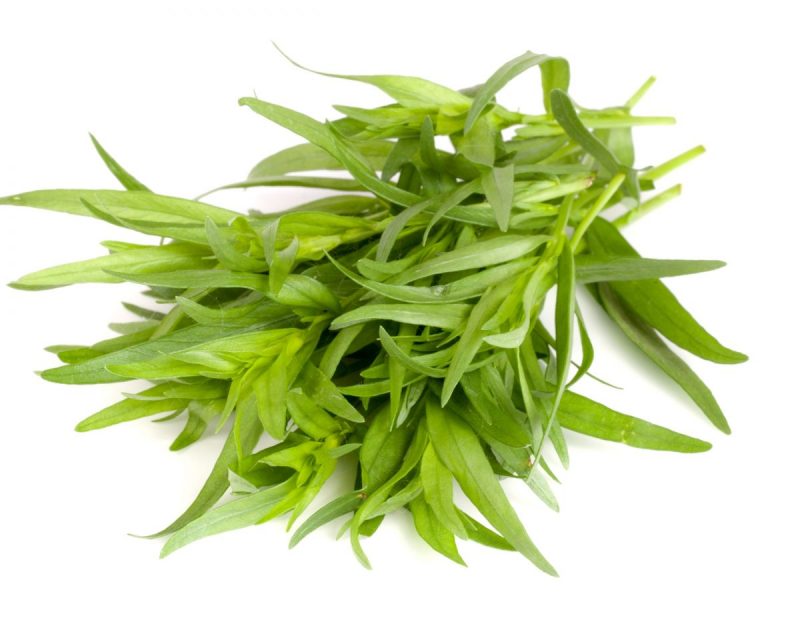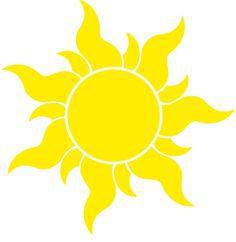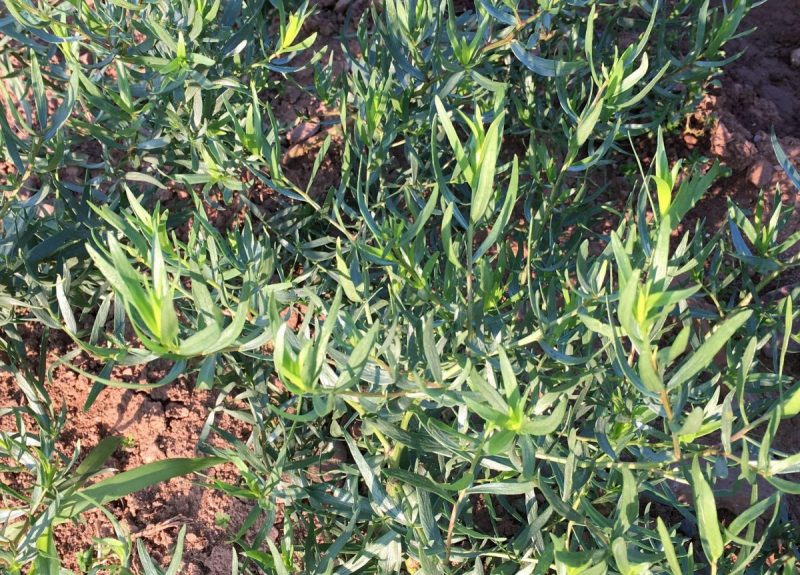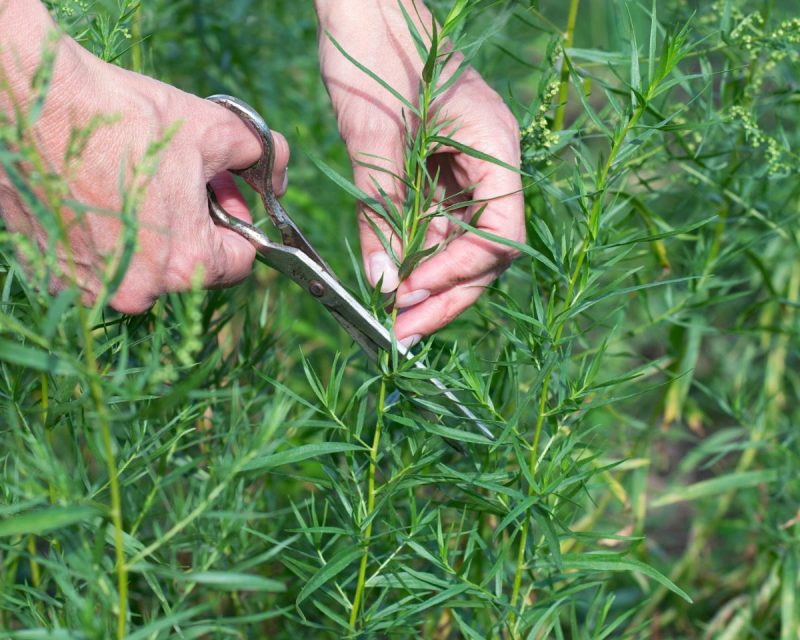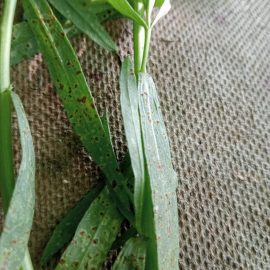Tarragon – planting, growing and harvesting
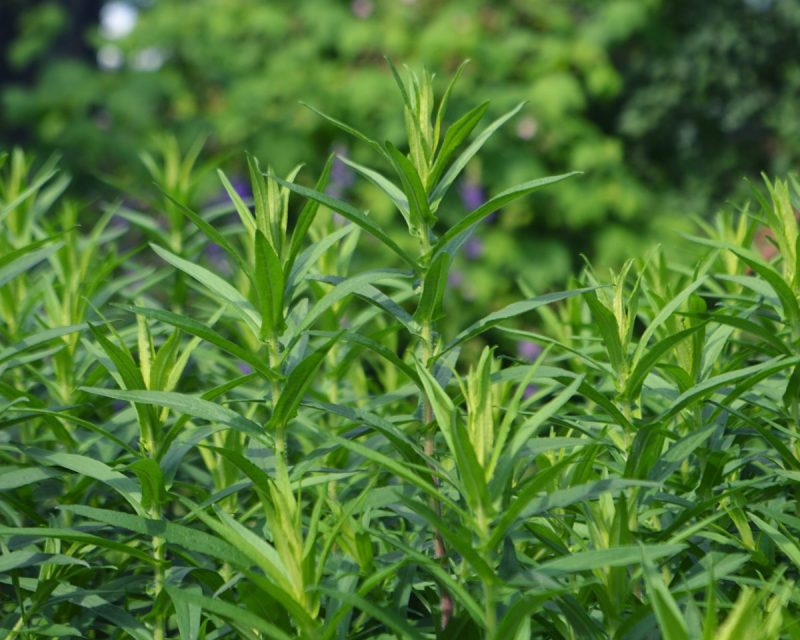
Tarragon (Artemisia dracunculus var. sativa) is a plant native to Siberia and Mongolia, currently widespread in many countries of Europe and Asia. The cultivation and sale of potted plants are more and more common in recent years, people preferring to arrange a space of their terrace with herbs.
From tarragon plants, young leaves and stems are used, which have a characteristic aroma and sweet-peppery taste, for flavoring dishes, canned meat, and vegetables. Due to the volatile oils and substances contained, tarragon also has therapeutic effects, being used in medicine.
Botanical characteristics
Tarragon is a perennial plant of the Compositae family, which can reach 70-90 cm in height, with a strongly branched stem, developing in the form of a bush. It has small, glabrous, linear leaves, strongly flavored due to the content of essential oils. If developed, the flowers of this species are green and sterile.
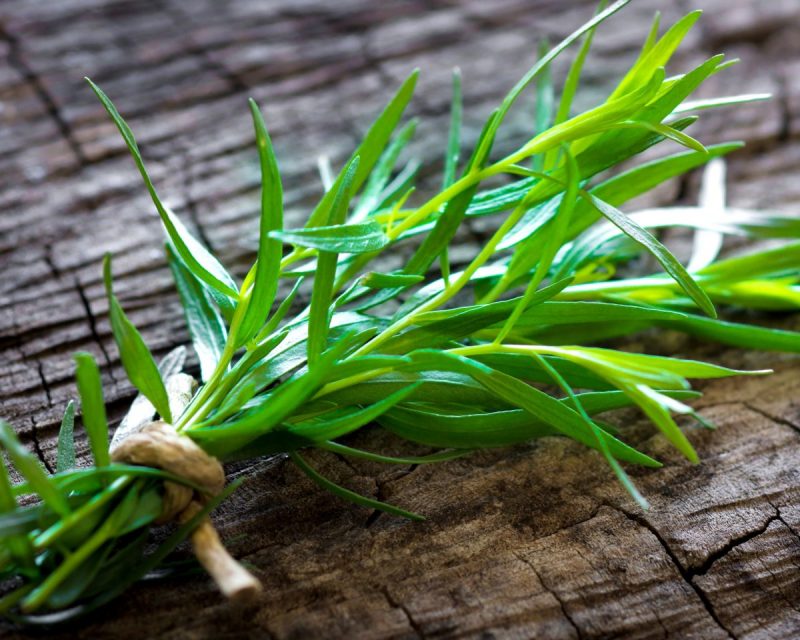
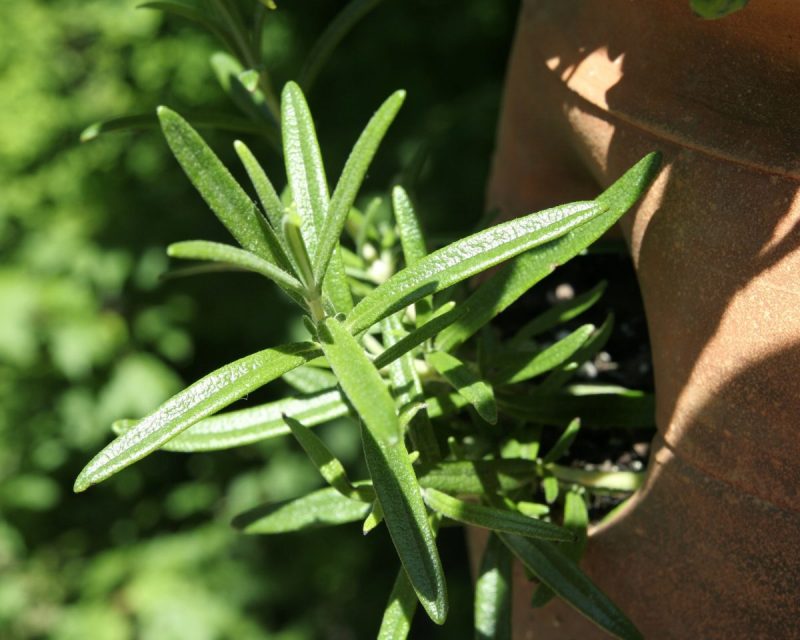
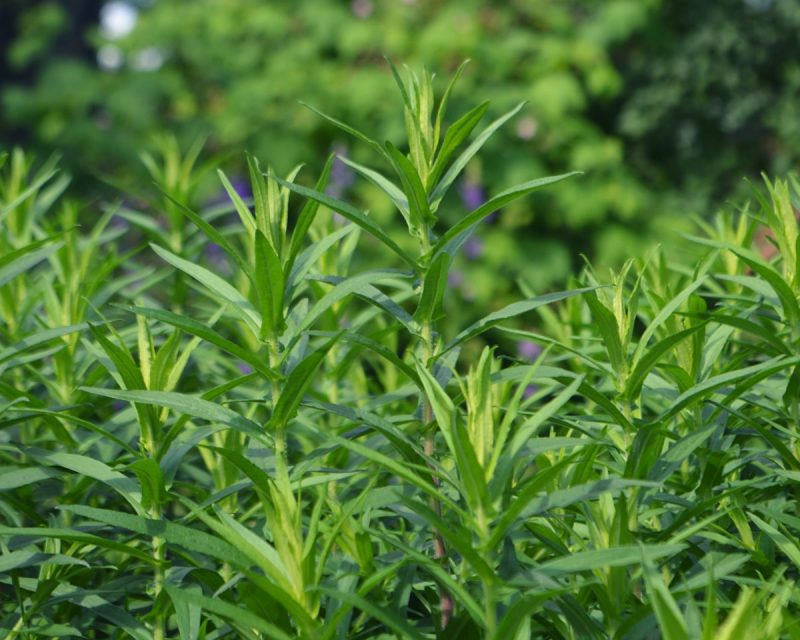
Tarragon, also called French tarragon, with the scientific name of Artemisia dracunculus var. sativa is propagated only through vegetative methods (cuttings, layering, or by dividing the bush) and it is often confused with Russian tarragon (Artemisia dracunculoides), which is propagated through seeds but has no specific aroma. Russian tarragon plants are larger, develop more vigorous shrubs, and are more resistant to low temperatures compared to the French tarragon.
Recommended products
-
You can find products on a different store
Change Store -
You can find products on a different store
Change Store -
You can find products on a different store
Change Store -
You can find products on a different store
Change Store -
You can find products on a different store
Change Store -
You can find products on a different store
Change Store -
You can find products on a different store
Change Store -
You can find products on a different store
Change Store -
You can find products on a different store
Change Store -
You can find products on a different store
Change Store -
You can find products on a different store
Change Store -
You can find products on a different store
Change Store -
You can find products on a different store
Change Store -
You can find products on a different store
Change Store -
You can find products on a different store
Change Store -
You can find products on a different store
Change Store -
You can find products on a different store
Change Store -
You can find products on a different store
Change Store -
You can find products on a different store
Change Store -
You can find products on a different store
Change Store -
You can find products on a different store
Change Store -
You can find products on a different store
Change Store -
You can find products on a different store
Change Store -
You can find products on a different store
Change Store
Environmental requirements
Tarragon prefers sunny places, which leads to the development of an intense aroma, but it can also tolerate partially shaded places. In terms of temperature, it is not a pretentious species and can withstand low winter temperatures. In the garden, cultivation can be done in damp and well-drained soils, excessive water being harmful to the root system.
For this reason, it can be planted in high layers, in order to improve drainage, along with other aromatic perennials. In order to obtain young shoots during the vegetative growth period, it is necessary to administer water constantly, but in moderate amounts. Dry periods and high temperatures cause the formation of lignified shoots with a spicy taste, unsuitable for consumption.
Plants need to enter a dormancy period, induced by lower temperatures, so potted plants have to be stored for about two months in a cool place.
Cultivation
Tarragon is propagated exclusively vegetatively, through cuttings, layering, or by dividing the bush. For planting in the garden, you can buy plants from specialty stores or take cuttings from mature plants.
The cuttings can be harvested from 15-20 cm long portions of the stem and have to be rooted in a mixture of peat and sand. The use of a rooting hormone promotes faster root formation, but its use is not mandatory.
Dividing the bushes can be carried out in spring or autumn, which is recommended once every 3-4 years.
In the garden, planting should be done at distances of 60-90 cm between them. Tarragon can be successfully grown in pots, by providing a fertile substrate that drains water well.
Recommended products
-
You can find products on a different store
Change Store -
You can find products on a different store
Change Store -
You can find products on a different store
Change Store -
You can find products on a different store
Change Store -
You can find products on a different store
Change Store -
You can find products on a different store
Change Store -
You can find products on a different store
Change Store -
You can find products on a different store
Change Store -
You can find products on a different store
Change Store -
You can find products on a different store
Change Store -
You can find products on a different store
Change Store -
You can find products on a different store
Change Store -
You can find products on a different store
Change Store -
You can find products on a different store
Change Store -
You can find products on a different store
Change Store -
You can find products on a different store
Change Store -
You can find products on a different store
Change Store -
You can find products on a different store
Change Store -
You can find products on a different store
Change Store -
You can find products on a different store
Change Store -
You can find products on a different store
Change Store -
You can find products on a different store
Change Store -
You can find products on a different store
Change Store -
You can find products on a different store
Change Store
Care
The plants should be pruned regularly, to stimulate stem branching and to maintain their height at 50-60 cm. To protect the roots over the winter, a layer of mulch can be applied to the soil surface.
In the case of potted plants, both for protection over the winter and for creating the conditions for entry into dormancy, they can be moved to the garden, by burying the pot in the ground. Thus, the roots will be protected and the plant will benefit from the temperatures necessary for the dormancy period. In this case, as well, a layer of mulch should be applied (straw, dry leaves, etc.).
In spring, the affected and browned portions are removed, as well as the mulch layer and specific fertilizers are administered.
Recommended products
-
You can find products on a different store
Change Store -
You can find products on a different store
Change Store -
You can find products on a different store
Change Store -
You can find products on a different store
Change Store -
You can find products on a different store
Change Store -
You can find products on a different store
Change Store -
You can find products on a different store
Change Store -
You can find products on a different store
Change Store -
You can find products on a different store
Change Store -
You can find products on a different store
Change Store -
You can find products on a different store
Change Store -
You can find products on a different store
Change Store -
You can find products on a different store
Change Store -
You can find products on a different store
Change Store -
You can find products on a different store
Change Store -
You can find products on a different store
Change Store -
You can find products on a different store
Change Store -
You can find products on a different store
Change Store -
You can find products on a different store
Change Store -
You can find products on a different store
Change Store -
You can find products on a different store
Change Store -
You can find products on a different store
Change Store -
You can find products on a different store
Change Store -
You can find products on a different store
Change Store
Pruning should be done at the moment of harvest or in summer, to stimulate the formation of new shoots. If flowering stems appear, they have to be removed.
Recommended products
-
You can find products on a different store
Change Store -
You can find products on a different store
Change Store -
You can find products on a different store
Change Store -
You can find products on a different store
Change Store -
You can find products on a different store
Change Store -
You can find products on a different store
Change Store -
You can find products on a different store
Change Store -
You can find products on a different store
Change Store -
You can find products on a different store
Change Store -
You can find products on a different store
Change Store -
You can find products on a different store
Change Store -
You can find products on a different store
Change Store -
You can find products on a different store
Change Store -
You can find products on a different store
Change Store -
You can find products on a different store
Change Store -
You can find products on a different store
Change Store -
You can find products on a different store
Change Store -
You can find products on a different store
Change Store -
You can find products on a different store
Change Store -
You can find products on a different store
Change Store -
You can find products on a different store
Change Store -
You can find products on a different store
Change Store -
You can find products on a different store
Change Store -
You can find products on a different store
Change Store
Harvesting and storage
You can harvest 15-20 cm long shoots, cut at 10-12 cm above the soil surface. Dry storage is less recommended because tarragon loses its volatile oils quickly. It can instead be stored in the freezer or prepared with vinegar. For temporary storage, it can be refrigerated in a closed package.
Diseases and pests
Tarragon is rarely attacked by diseases and pests. When the environmental conditions are favorable, powdery mildew or rust may occur.
Recommended products
-
You can find products on a different store
Change Store -
You can find products on a different store
Change Store -
You can find products on a different store
Change Store -
You can find products on a different store
Change Store -
You can find products on a different store
Change Store -
You can find products on a different store
Change Store -
You can find products on a different store
Change Store -
You can find products on a different store
Change Store -
You can find products on a different store
Change Store -
You can find products on a different store
Change Store -
You can find products on a different store
Change Store -
You can find products on a different store
Change Store -
You can find products on a different store
Change Store -
You can find products on a different store
Change Store -
You can find products on a different store
Change Store -
You can find products on a different store
Change Store -
You can find products on a different store
Change Store -
You can find products on a different store
Change Store -
You can find products on a different store
Change Store -
You can find products on a different store
Change Store -
You can find products on a different store
Change Store -
You can find products on a different store
Change Store -
You can find products on a different store
Change Store -
You can find products on a different store
Change Store














































































































































































































































































































































































































































